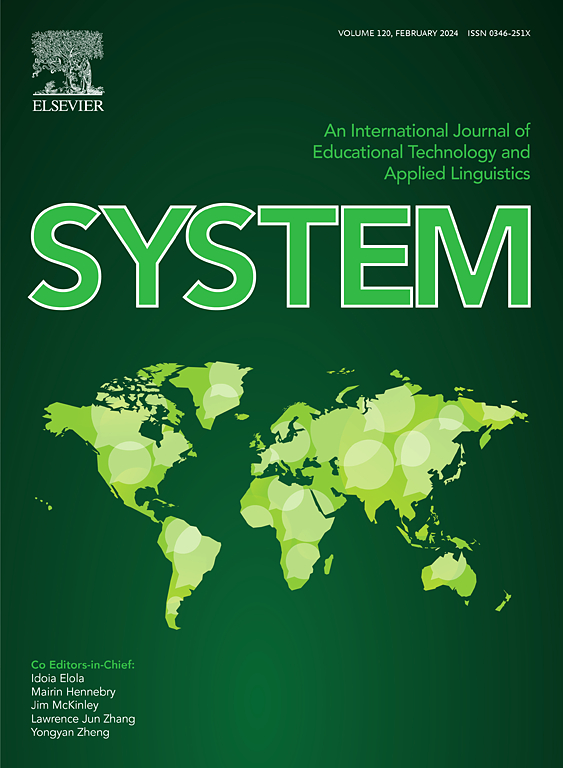Talking science: Women scientists’ engagement in spoken public science communication online
IF 5.6
1区 文学
Q1 EDUCATION & EDUCATIONAL RESEARCH
引用次数: 0
Abstract
We use survey data from women scientists in biology and health sciences to explore digital spoken genres of public science communication and the use of digital tools and resources to produce them. Our results show that more than half of the respondents engage in digital spoken practices that promote scientific culture on digital media. Notably, the type of research methodology used by the respondents influences their level of engagement in these practices, with those using quantitative methodologies showing the lowest level of engagement. Both traditional digital tools (content, audio, and video editing tools) and new generation digital tools (open multimedia resources, AI) are not yet widely used, despite their potential for crafting persuasive texts for science outreach. We found significant statistical associations between the use of digital tools and the importance that the respondents and their professional contexts attribute to specific digital spoken genres. In light of these findings, we argue for greater recognition of digital public science communication practices at the policy level. We also recommend implementing collaborative, multimodal composition tasks as a pedagogical approach to help scientists develop oral and digital communication skills for effective online science communication.
谈论科学:女性科学家参与网上公共科学口头传播
我们使用来自生物学和健康科学女性科学家的调查数据来探索公共科学传播的数字口语类型以及使用数字工具和资源来生产它们。我们的研究结果表明,超过一半的受访者参与了在数字媒体上推广科学文化的数字口语实践。值得注意的是,受访者使用的研究方法类型影响他们在这些实践中的参与程度,使用定量方法的受访者的参与程度最低。传统数字工具(内容、音频和视频编辑工具)和新一代数字工具(开放多媒体资源、人工智能)都尚未得到广泛使用,尽管它们有可能为科学推广制作有说服力的文本。我们发现数字工具的使用与受访者及其专业背景对特定数字口语类型的重要性之间存在显著的统计关联。鉴于这些发现,我们主张在政策层面对数字公共科学传播实践给予更大的认可。我们还建议实施协作式、多模态的作文任务,作为一种教学方法,帮助科学家培养有效的在线科学交流的口头和数字交流技能。
本文章由计算机程序翻译,如有差异,请以英文原文为准。
求助全文
约1分钟内获得全文
求助全文
来源期刊

System
Multiple-
CiteScore
8.80
自引率
8.30%
发文量
202
审稿时长
64 days
期刊介绍:
This international journal is devoted to the applications of educational technology and applied linguistics to problems of foreign language teaching and learning. Attention is paid to all languages and to problems associated with the study and teaching of English as a second or foreign language. The journal serves as a vehicle of expression for colleagues in developing countries. System prefers its contributors to provide articles which have a sound theoretical base with a visible practical application which can be generalized. The review section may take up works of a more theoretical nature to broaden the background.
 求助内容:
求助内容: 应助结果提醒方式:
应助结果提醒方式:


